Biography of a cheese from Gran Canaria
This is the tale of a passionate process that comes together to create the cheeses of Guía, Flower Cheese and Half Flower Cheese.
“This cheese is so unlike the rest”. Milagrosa Moreno Díaz is a leading cheesemaker from Gran Canaria from whose hands the finest products are created, carrying the seal of the Denomination of Protected Origin for Flower Cheese, Half Flower Cheese and Guía Cheese. They are all real gastronomic jewels that hold pride of place at the fairs to be held on 27th April in Guía, and on 5th May at Montaña Alta, in the same municipality.
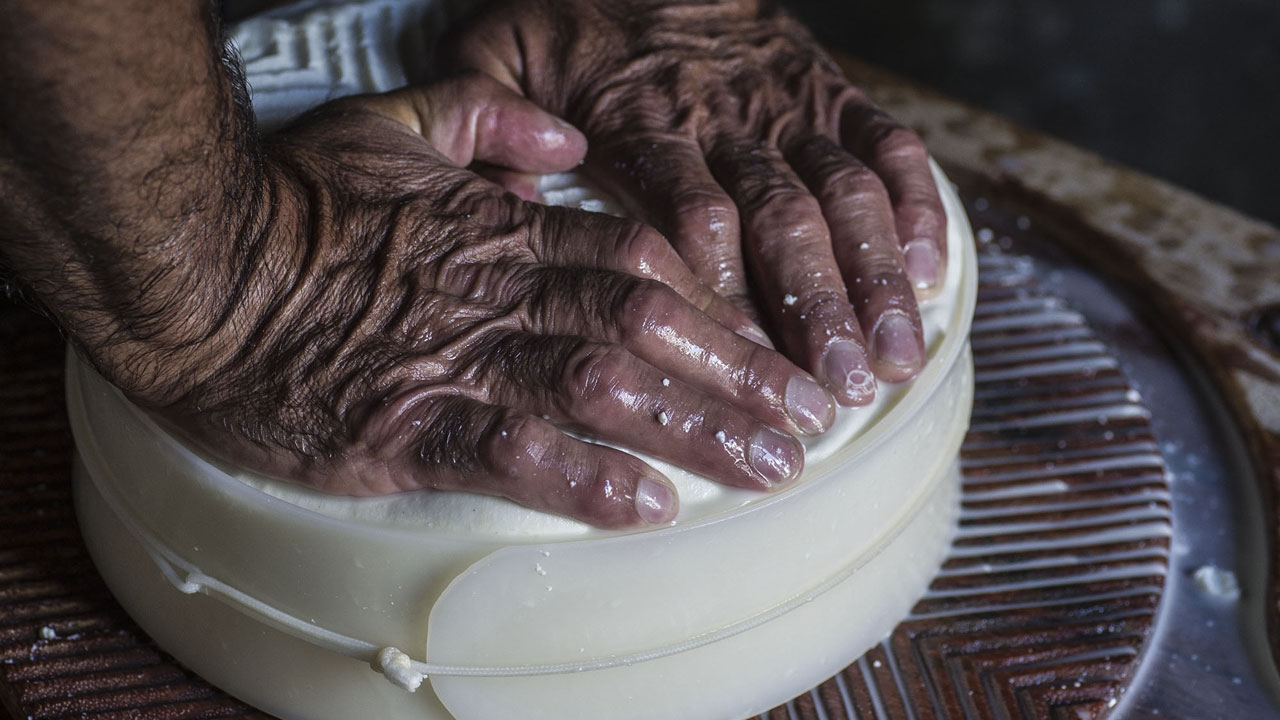
Milagrosa has been making cheese since she was a girl, recalling how her mother “would go off into the fields” and leave her in charge. Her husband, José Gil Mendoza, is one of the surviving shepherds who keeps the tradition of flock migration alive. He moves around from coast to summit in search of the finest grassy pasture for his sheep. Milagrosa and José live for their cheese and prove once again just how Gran Canaria cuisine stands tall in conserving authentic local flavours.
However, in a biography that tells of a cheese with Denomination of Origin, there are plenty of supporting actors, featuring many different settings. The depiction of this story begins with the distant echo of bells around sheep’s necks, tinkling away as they approach lush pasturelands, guided along by the shepherd and his dogs.
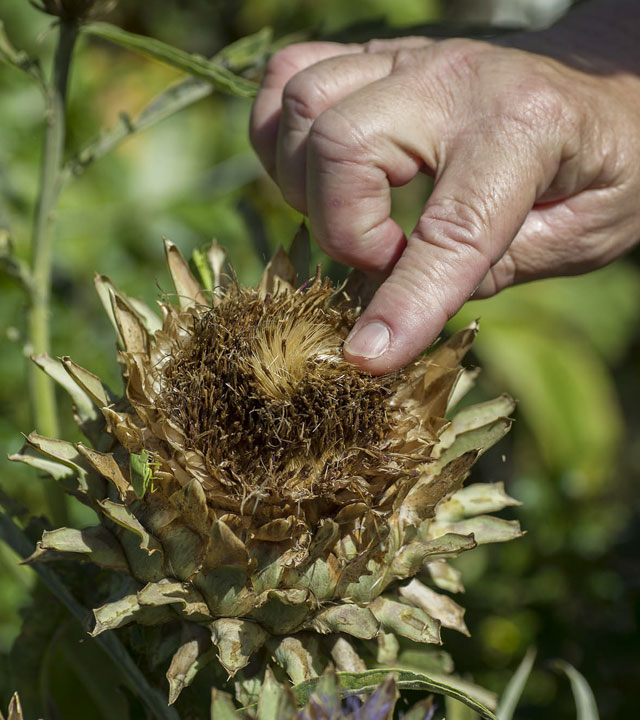

In the case of this particular Denomination of Origin, 60% of the milk has to come from Canarian breeds of sheep. It is an animal that arrived in Gran Canaria centuries ago from Africa, and which became an endemic livestock species in its own right after being crossbred several times. Its characteristic wool is displayed in a range of highly rich tonal colours, from black through to white with the presence of beige and different brown colourings in between.
Having covered several kilometres of gulleys, hillsides and ravines, the shepherd can finally put his feet up for a while, while keep a careful watch over his flock as they chew away on the aromatic herbs and grasses that spring up naturally all round, and which provide the milk and therefore the cheese with its unmistakable flavour. In this process, every single munch and chew counts.
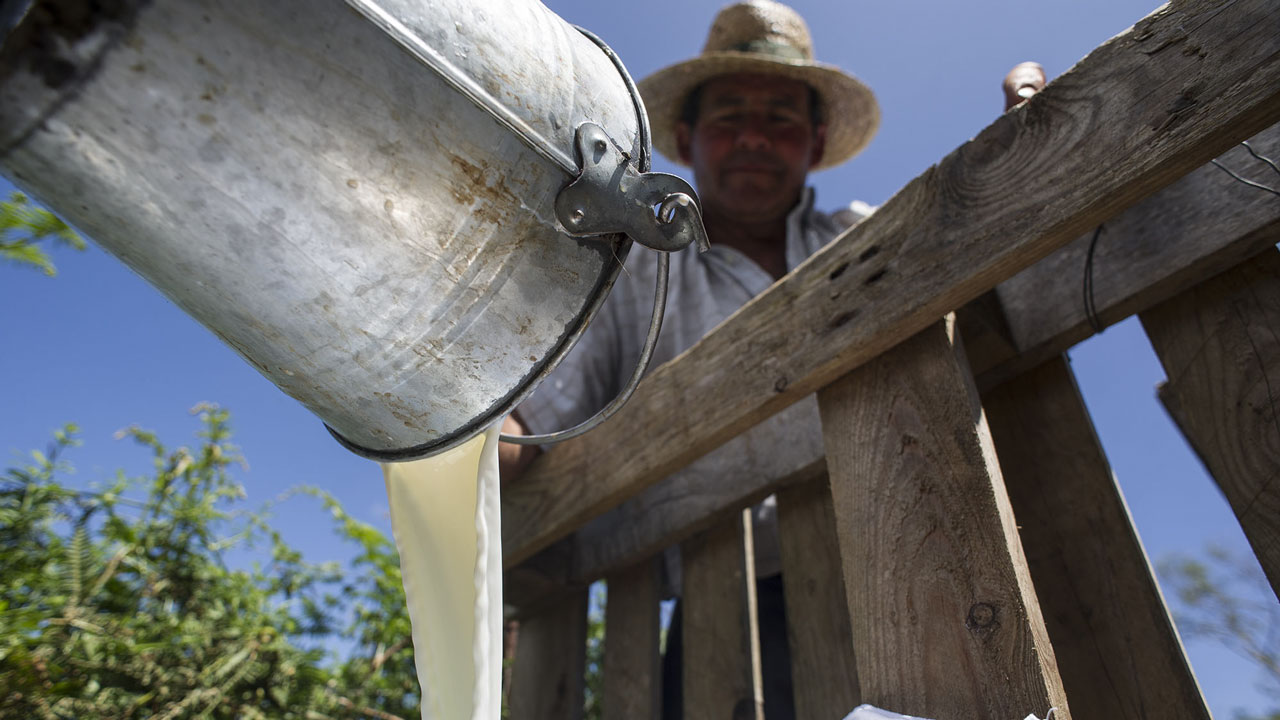
The great secret of the Flower and Half Flower Cheese also grows in open countryside. It is the wild cardoon plant, which flowers between April and May, and can be picked from June onwards. These flowers are the key that opens the treasure chest. “I’ve got plants planted on the borders around my lands, although they are not actually enough.ar So I tell my family that when they come across them they treat them with utmost care”, Milagrosa points out. Her name, literally meaning miraculous, is quite a suitable one for someone who is able to forge these fine cheeses from Guía. She also works on artisan cattle herds around the neighbouring regions of Gáldar and Moya.
The delicate cardoon pistils, once they have dried out, are marinated in water for between six and twelve hours. The resulting infusion is used as vegetable rennet to make the cheese, providing it with a specially creamy texture and an amazing flavour which works its magic by sprouting all the delicious country flavours from Gran Canaria onto the palates of diners, flavours that are born from the pastureland where Canarian sheep have munched away and where the cardoon plants have flowered.
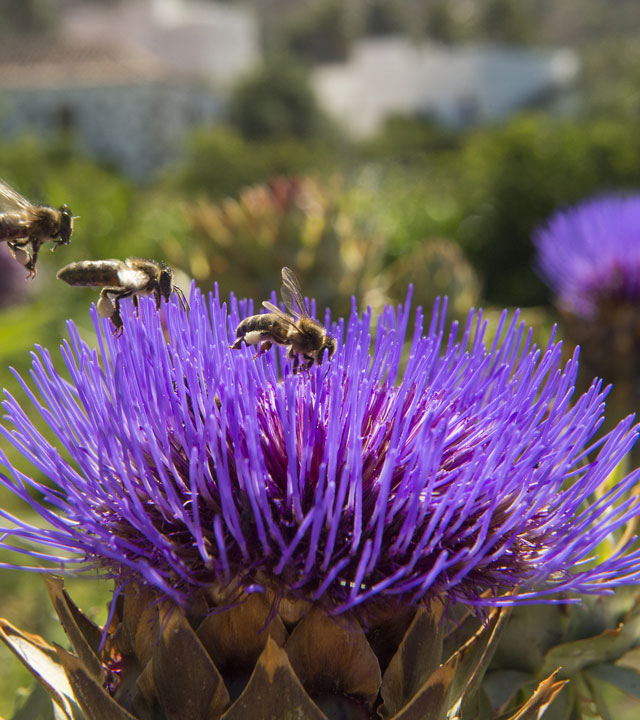
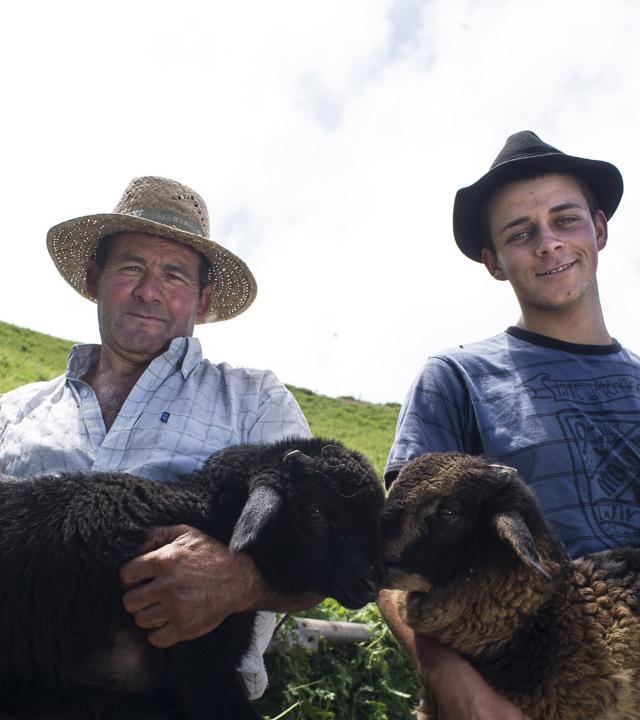
The official seal certifies that all necessary steps have been taken to guarantee that all artisan rituals have been carefully adhered to by generations carrying on a tradition stretching back over more than four centuries. For this reason every cheese wedge provides a taste of the passing of time and the respect for customs that have lived on.
Following the milking, it is the turn of the hands, a firm grip, the wise and experienced practices of the cheesemakers who act as links within the chain of cheesemaking tradition. Following hundreds of kilometres covered by shepherds and their sheep, following thousands of cardoon flowers harvested and dried, and after countless hours of milking and pressing, the result of such a great effort is clear to see.
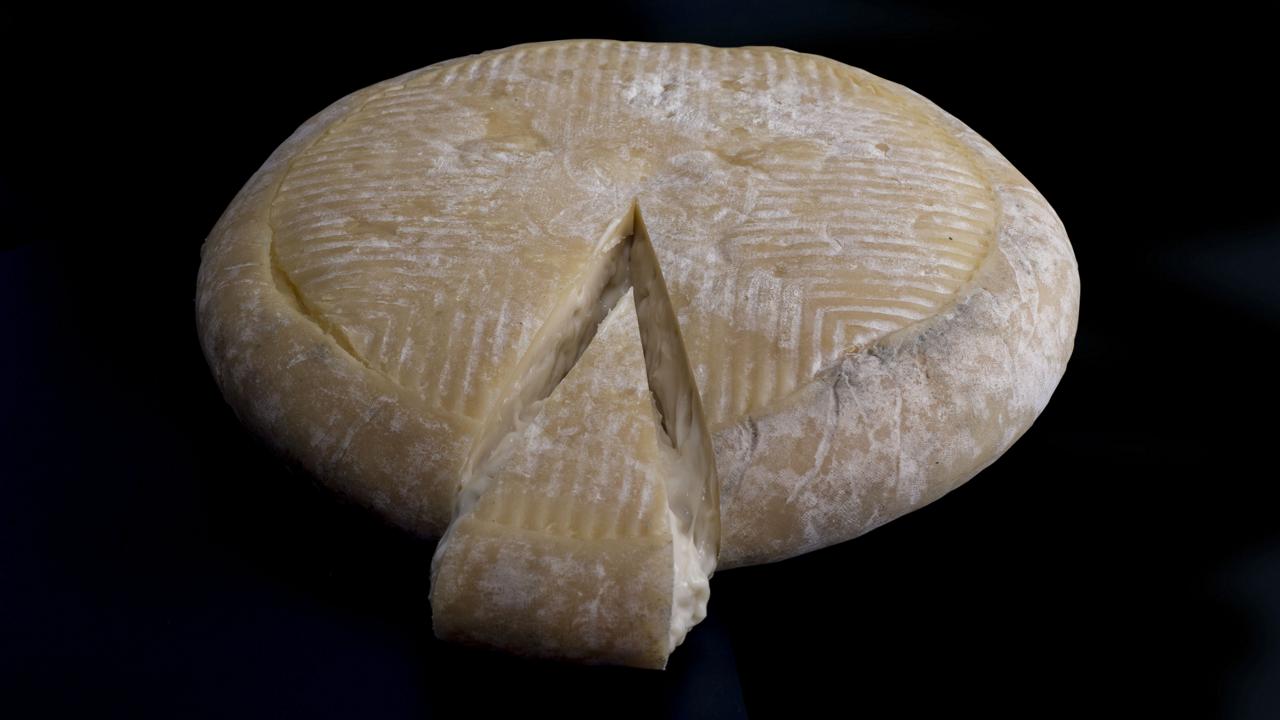
Before our eyes we have an array cheeses of a waxy, almond or straw-coloured appearance which gradually darken as they age and mature. And on its side, on a flat surface, we see a drawing in the shape of a flower, the perfect epilogue to our tale.
A SUGGESTION
A visit to the Santa María de Guía Cheese House: For another complete kind of cheese experience, and to get to know an artisan product par excellence in Santa María de Guía, come along to the Cheese House at the village of Montaña Alta, where an important amount of the local cheese is produced. It is situated in rural surroundings from where visitors can make out lush pastureland and rolling hillside around El Pico de Montaña Alta, whose summit boasts a 360º viewpoint affording views over all four cardinal points. These views delve us into the aromas and flavours of fine cheese, plus the history and tradition of this truly unique product with its protected denomination of origin, as well as an ethnographical insight into its production. You can feel like a real cheesemaker for a short while, and participate in some of the production workshops on offer to visitors; or perhaps be a professional cheese taster, trying out the many different varieties to be found here, before taking away a little lump of this gastronomic gem, forged over centuries of tradition.
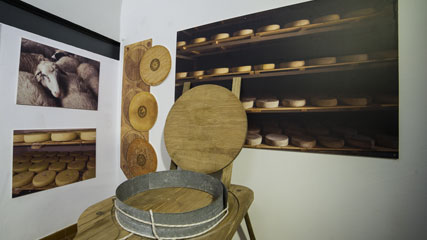
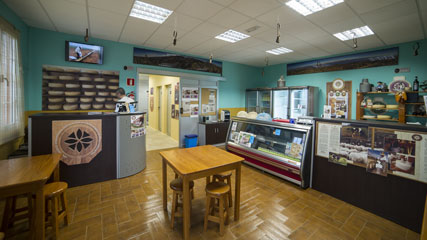
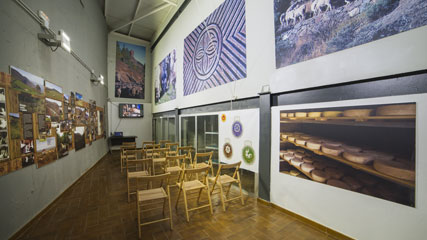
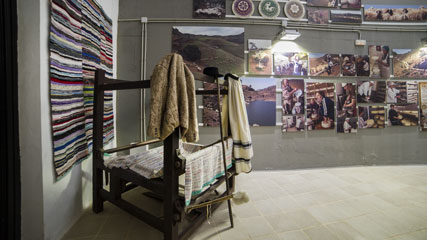
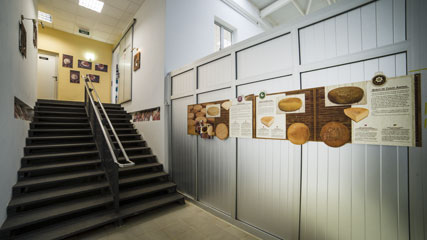
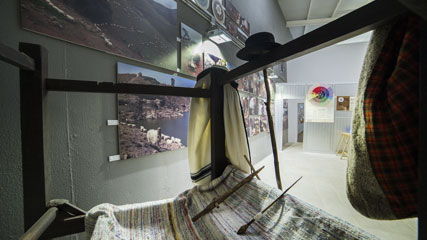
Updated in 2019

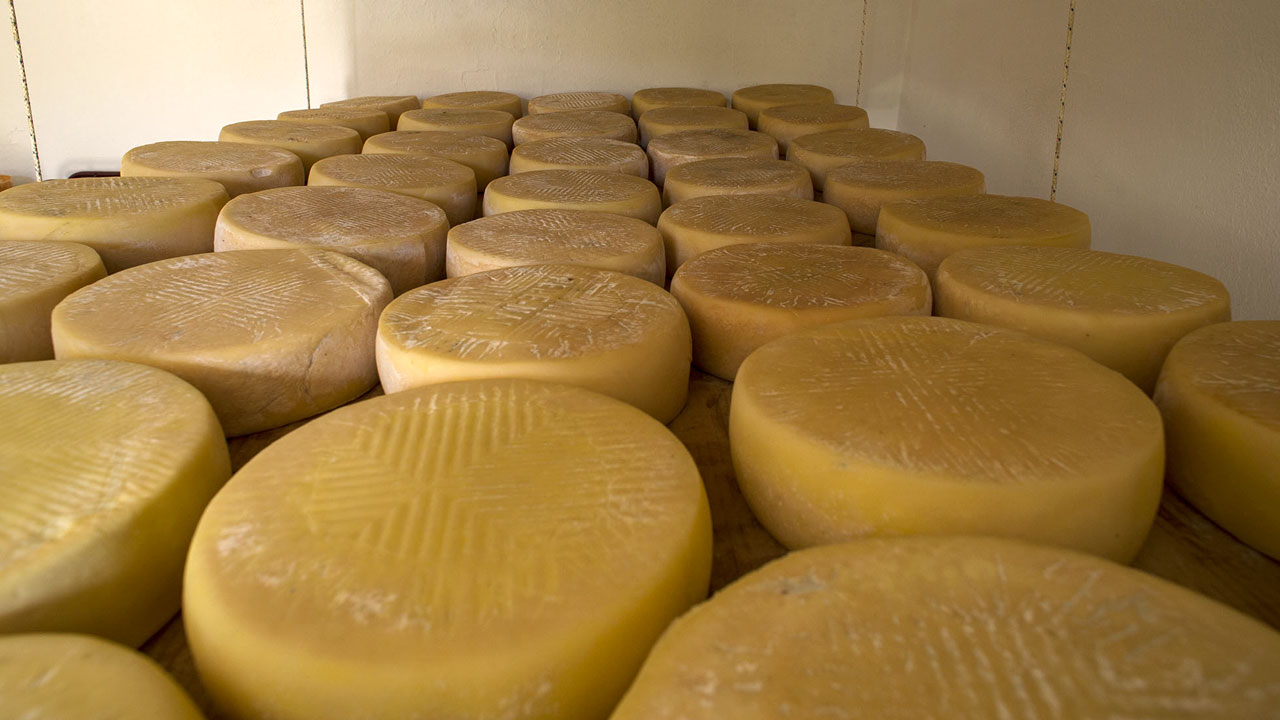
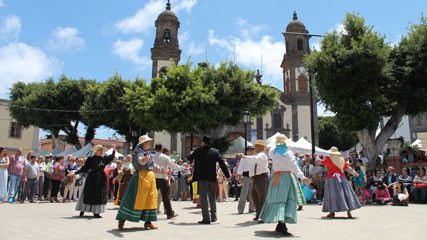
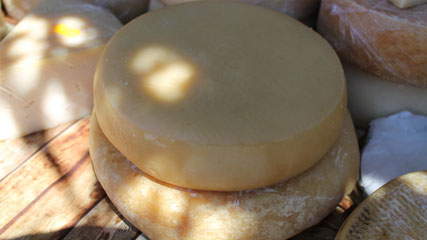
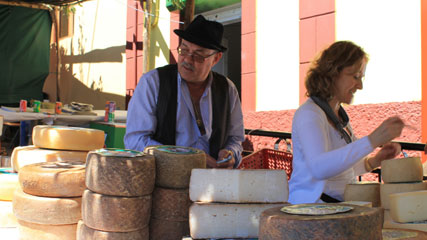
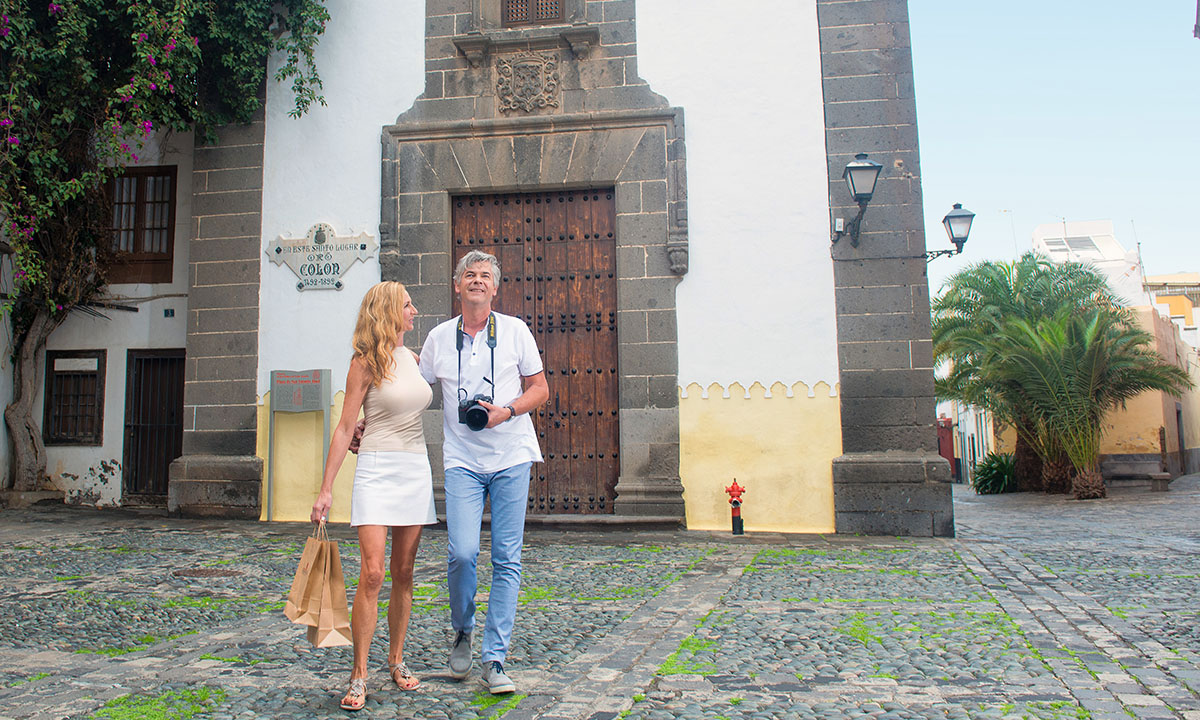
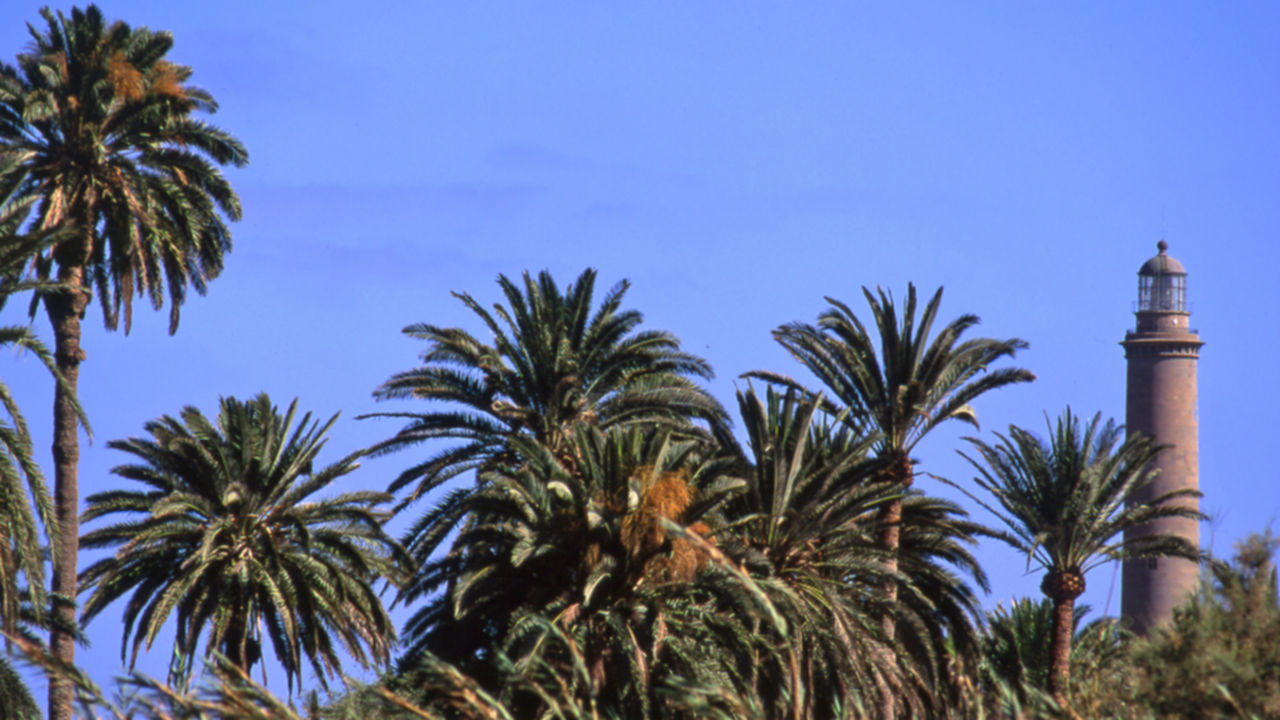
Comments are disabled for this post.